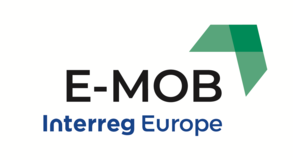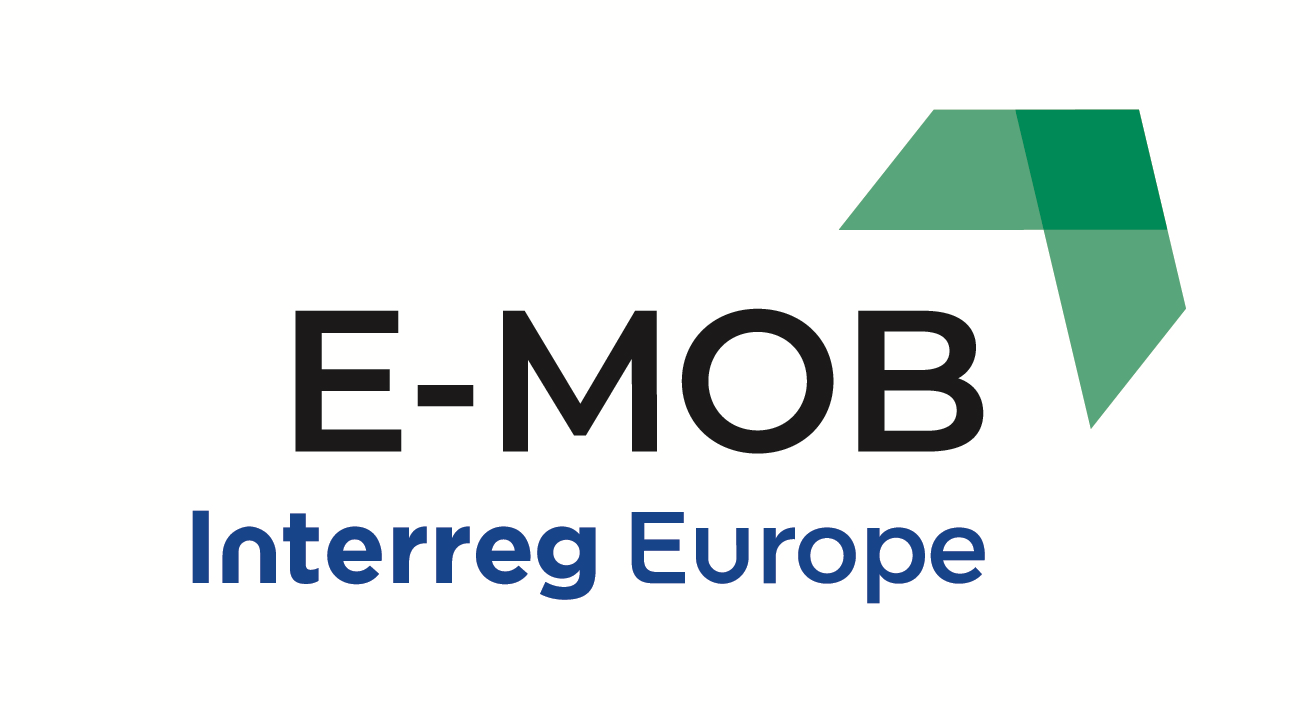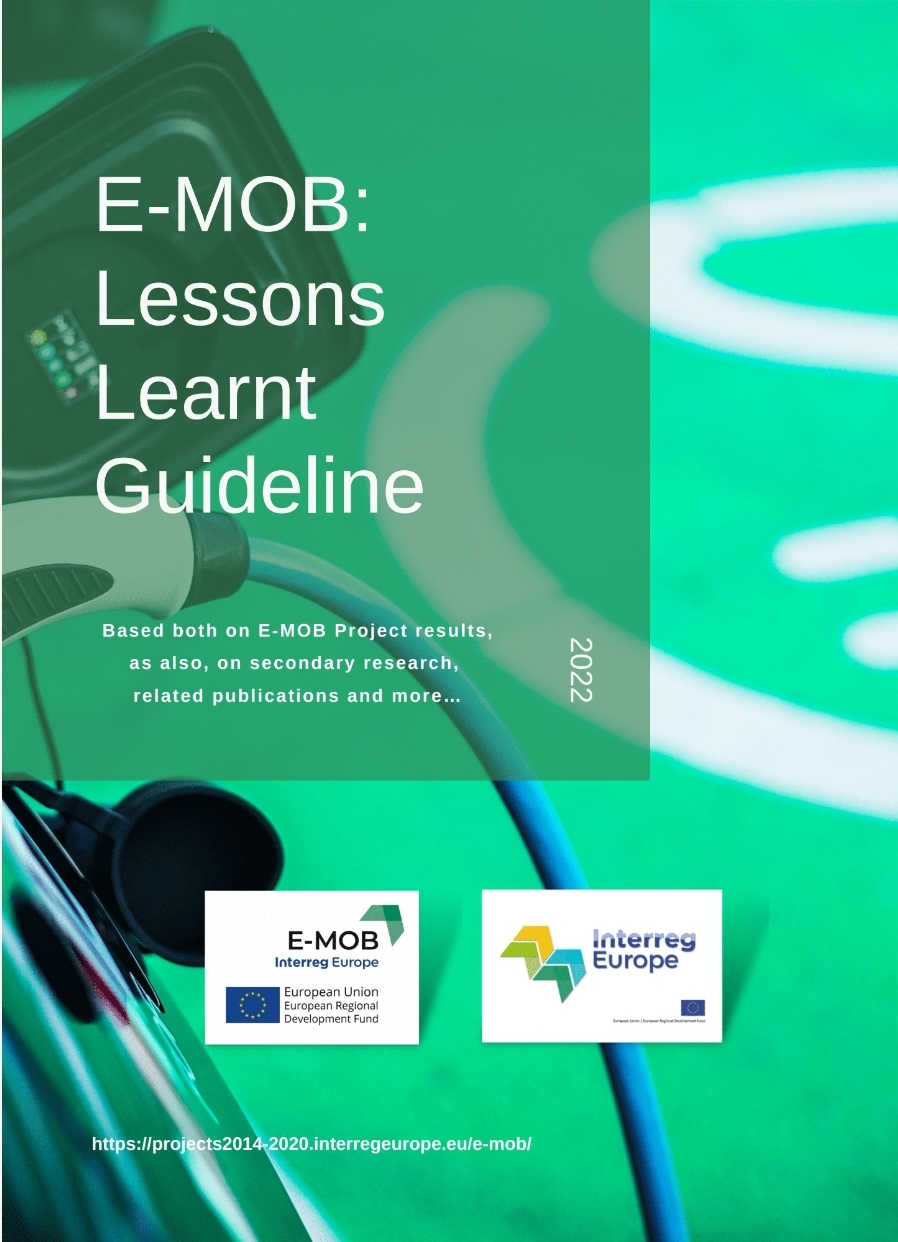1. Tell us something about this institution or company. What does it deal with, what are its values, how many employees do you have, etc?
The Regional Development Agency Centru (RDA Centru) is a nongovernment organisation of public utility and the sole legal entity responsible for implementing the regional development policies in Centru Region. Like any other development region of Romania, Centru Region was formed by free association of counties and, in this case, we refer to the 6 counties located in the middle of Romania: Alba, Braşov, Covasna, Harghita, Mureş and Sibiu.
Since 1999 onward, when the Act of the establishment was signed, we performed our entire work under the guiding principles for the regional development: reducing inter and intra region disparities and promoting the sustainable and well balanced development of our region. Since its beginning, in 1999, the RDA Centru team has been led by General Director Simion Crețu and nowadays the staff of our agency numbers almost 140 employees.
Centru Region is located in the central part of our country and the territory of the 6 counties overlaps the south and the middle of the former historic province of Transylvania. Currently the region’s population is about 2.32 million inhabitants distributed as follows: 57% in urban areas and 43% in rural communities.
2. Why did your company decide to get involved in the E-MOB project?
Mobility is a core topic at European and regional level. Since 2007 when RDA Centru became Intermediate Body for the ROP 2007/2013 and then for ROP 2014/2020 we worked closely with local and county authorities and urban authorities to design and implement the urban mobility plans, including measures to develop e-mobility. For the programming period 2021/2027, RDA Centru will be Managing Authority for the Regional Operational Program in Centru Region. E-MOB will the best way to support our cities getting access to the expertise and experience of more advanced cities in adopting e-mobility but also in helping us as MA to design the best tools to support the development of electric mobility in our region.
3. Have you participated in any project related to the electromobility in the past?
We have participated in previous projects related to urban mobility: CHESTNUT project (CompreHensive Elaboration of STrategic plaNs for sustainable Urban Transport) implemented within Interreg Danube Program allowed us to share with project partners from Central and Eastern Europe different models of public transport and design an urban transport mobility plan for a specific functional urban area.
Additionally, as Intermediate Body for ROP 2007/2013, 2014/2020, RDA Centru was involved in supporting the municipalities in preparing the strategic plans for mobility necessary to access European Funds and complying with the edibility rules of the grant schemes for urban development.
4. What are your expectations from the E-MOBproject?
- Enrich the knowledge of municipalities in terms of solutions for electric mobility
- Provide technical guidance and advice
- Turn into a platform of good practices and expertise on electric mobility
5. According to you, what is the biggest challenge in developing electromobility? Is it batteries for vehicles, disposal of used batteries, and lack of resources for battery production?
The installation of charging infrastructure requires large investments that can become a burden for local municipalities. A concern through dedicated funding programs at the national / European level for the financing of projects to stimulate electro-mobility could meet these barriers.
The autonomy of electric vehicles is limited by long distances on the main mobility roads, is one of the challenges that currently discourage local authorities / private users in Romania to invest in electric vehicles. Owners of such vehicles which were driving on long distances where the charging infrastructure for electric vehicles was not provided, discourage potential users from purchasing such alternative means of transport. The necessary infrastructure to ensure the viable power is a challenge that has a significant associated cost and requires insurance from investors.
6. Do you think that fossil fuel vehicles will be replaced by electric vehicles in the future?
We do not think that fossil fuel vehicles will be easy to replace, at least the ones that are used on long distances. We still struggle with challenges for electric car users linked to the limited life of batteries and the high costs of replacing them. Another aspect that is not neglected at all is the environmental component, is known as the negative impact on the environment generated by the storage/disposal of used batteries. So far, no consensus has been reached on the global / European level on the measures needed to reduce the negative impact of used batteries in the field of urban mobility and the debates on this topic are still relevant.






